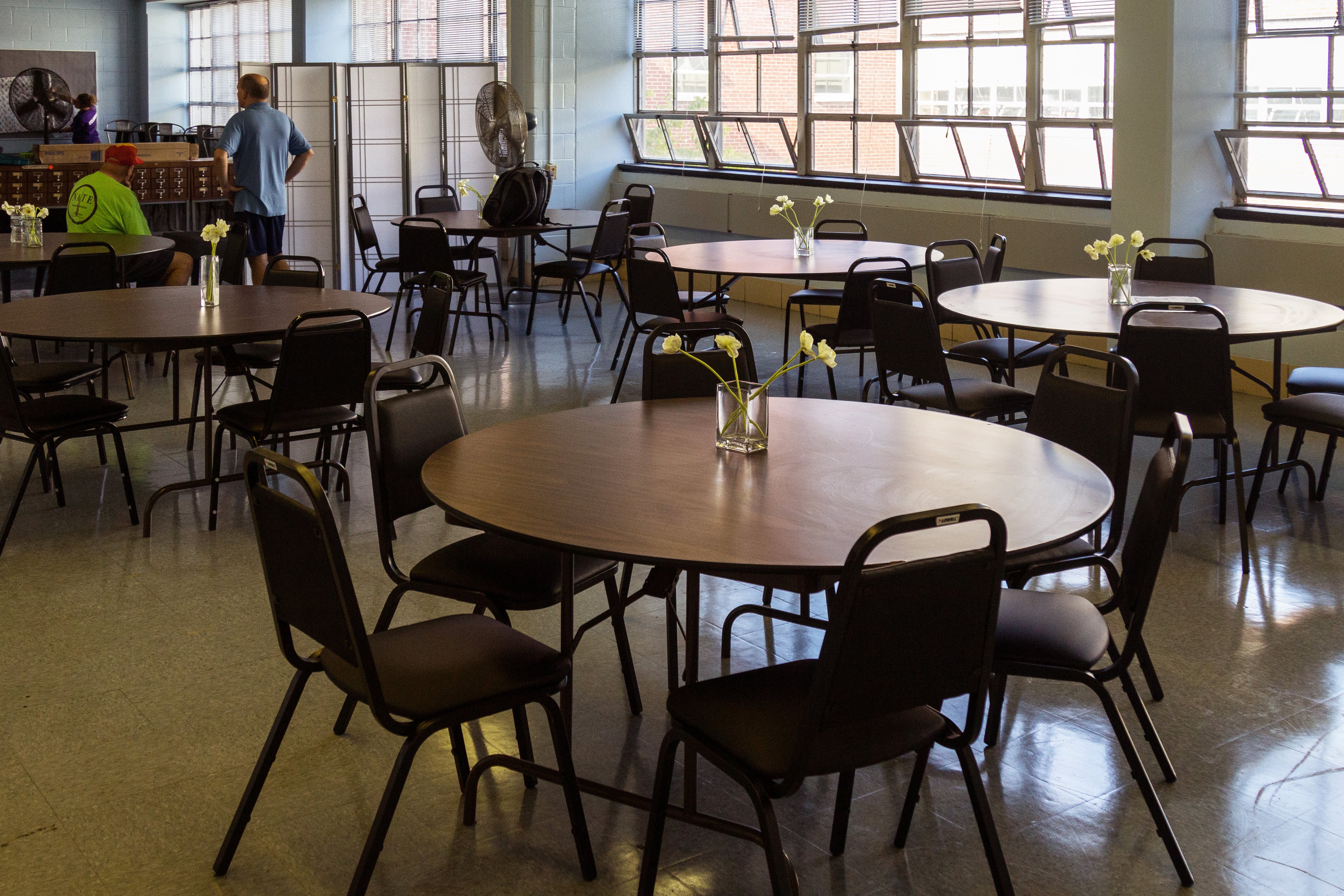As coronavirus cases skyrocketed this fall, tens of thousands of students didn’t show up to Michigan public schools as expected.
Rolls shrank by 53,200 students, or 3.7%, according to unaudited enrollment data newly compiled by the state. That’s twice as many students as the state lost during 2009-2010, the last year of the Great Recession, which was the largest drop in more than a decade.
The figures underscore the disruptive effect of the pandemic on thousands of students’ educations. Some families may have moved during the pandemic because of job loss or housing instability, while others are home-schooling their children. But many students are not accounted for, and educators worry that they aren’t attending school at all.
“I think there are going to be some children who we discern are likely not being educated,” said Michael Rice, state superintendent.
Statewide enrollments have declined steadily in recent decades as Michigan’s population declines. This year, though, the enrollment declines are sharper and widespread.
More than three-quarters of Michigan school districts, including charter schools, lost students. Dozens of districts — including in Flint, Oak Park, and Jackson — saw their rolls shrink by more than 10%.
Virtually all of the state’s largest districts lost students. The Lansing Public School District lost 927 or 9%; Utica Community Schools lost 926 or 4%; Grand Rapids Public Schools lost 876 or 6%; Kalamazoo lost 690 or 5%.
The Detroit Public Schools Community District, the state’s largest, lost 2,719 students, or more than 5%, as of the October count day. Superintendent Nikolai Vitti said Tuesday that more students have since returned to the district, and that he believes the districts numbers will eventually return to pre-pandemic levels.
“They just didn’t go to school,” he said. “Now, they’re slowly coming back.”
Since the beginning of the school year, superintendents across the state have reported that enrollments are down. The new, unaudited student counts give the clearest picture yet of the declines.
Chalkbeat compared unaudited enrollment data collected on Michigan’s October count day this fall with audited numbers from the same period last year. That means the numbers are still preliminary. But with such a large overall decline it is unlikely that the audit will substantially change the picture. Last year, auditors revised the numbers down by fewer than 1,000 students in a state that typically enrolls 1.5 million.
Kindergarten enrollment fell 13,000, a decline more than two times larger than downturns in other grades. Following a pattern that emerged nationwide this fall, many families opted to keep their young children in day care or at home rather than attempt to help their 5-year-olds learn online.
The data show net declines across most grades and most districts, making clear that students aren’t simply changing schools in order to find a pandemic learning arrangement that suits them.
“It’s not like students are going from one school to another,” said Randy Liepa, superintendent of Wayne RESA, an education support agency in Michigan’s most populous county. “It’s students who are somehow falling off the radar. And people are anxious to find out where they are and to make sure that their educational needs are being met.”
Educators in many districts have gone to great lengths to find missing students: Teachers in Detroit went door to door looking for children who weren’t logging in to online classes.
Advocacy groups are calling on state leaders to do more to find missing students.
“It’s critical that state and district leaders invest in robust efforts to find the students who have not returned to school since this school year began — and for some, even since the pandemic began,” Amber Arellano, executive director of Education Trust-Midwest, said in a statement.
Asked whether the state could use individual student data, which is not publicly available, to track down students, Rice said it wouldn’t be possible right away.
“The problem with the data until it gets cleaned up is that you’re invariably prone to double counts,” he said.
He views his role as a cheerleader for districts, which he believes are responsible for finding students. “The place to do that is locally, district by district.”
As some families opt to keep their children home, students could be behind academically once they return and have a harder time catching up. While the legislature took steps to limit the financial effect of enrollment declines this year, the downturn could cause financial trouble for schools in coming years if enrollments don’t rebound.
Wayne-Westland schools in suburban Detroit lost about 800 students this fall, or nearly 8%, a district spokesperson said, noting the shift to full virtual instruction contributed to some of the decline.
“We know some of our families left for other schools that were offering in-person options for students. We recognize that this is a challenge for families,” the spokesperson, Jenny Johnson, added.
Another Detroit charter, Barack Obama Leadership Academy, lost 142 students, or 36% of its enrollment.
Part of the decline was expected: Officials eliminated sixth through eighth grades to make social distancing possible when students returned to classrooms. But enrollment was down even in the remaining six grades.
Bernard Parker, the school’s founder, said there are concerns that families have moved around during the pandemic.
“It could be a situation where parents moved out of the city of Detroit,” he said.
Covenant House Academy, a charter school in Detroit, lost about 66 students, or a 19% decline, across its two charter campuses this year. A third campus in Southwest Detroit gained 16 students, or about an 11% increase. School officials noted the campus’ consistent communication with families and English language learner services may have boosted enrollment.
The schools serve ninth through 12th grade students who may have experienced homelessness, or encountered academic trouble at their previous schools. For these students, the pandemic disrupted family priorities.
“Some kids had to get full time jobs,” said district superintendent Terrence George. “We do have a percentage of our population that does not have stable housing. It’s hard to maintain continuity of learning if you don’t have continuity of living.”







